Mitotan(CAS# 53-19-0)
| Hazard Symbols | Xn – Harmful |
| Risk Codes | 40 – Limited evidence of a carcinogenic effect |
| Safety Description | 36/37 – Wear suitable protective clothing and gloves. |
| UN IDs | 3249 |
| WGK Germany | 3 |
| RTECS | KH7880000 |
| HS Code | 2903990002 |
| Hazard Class | 6.1(b) |
| Packing Group | III |
Introduction
Mitotane is an organic compound with the chemical name N,N’-methylene diphenylamine. The following is an introduction to the properties, uses, preparation methods and safety information of mitotane:
Quality:
- Mitotane is a colorless crystalline solid that is soluble in organic solvents such as ethanol, ether, and chloroform.
- Mitotane has a strong pungent odor.
Use:
- Mitotane is mainly used for coupling reactions in organic synthesis and is often used as a reagent and catalyst.
- It can participate in a variety of chemical reactions, such as the coupling of alkynes, alkylation of aromatic compounds, etc.
Method:
- Mitotane can be synthesized by a two-step reaction. Formaldehyde is reacted with diphenylamine under alkaline conditions to form N-formaldehyde diphenylamine. Then, by pyrolysis or controlled oxidation reaction, it is converted into mitotane.
Safety Information:
- Mitotane is an irritating compound and should not come into direct contact with the skin and eyes. Appropriate protective equipment such as gloves, goggles, and protective clothing should be worn when operating.
- When storing and handling, take care to seal and protect from light to avoid contact with air and moisture.
- Mitotane decomposes at high temperatures to produce toxic gases, avoid heating or contact with other flammable substances.
- Refer to local regulations and follow relevant safety operating procedures when disposing of them.


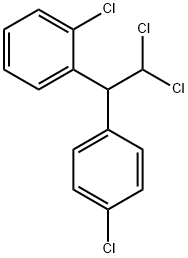

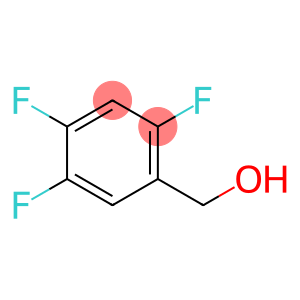
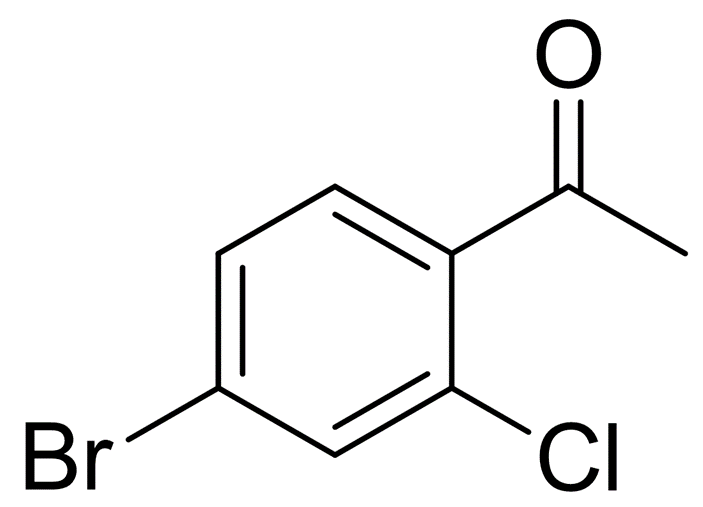
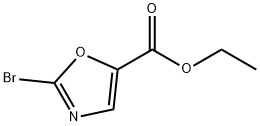
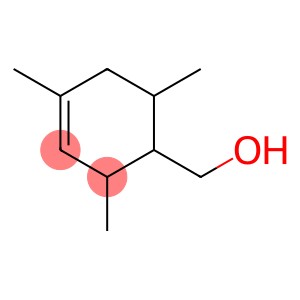
![2,2,6,6,7,8,8-heptamethyl-2H,3aH,4H,5H,6H,7H,8H,8bH-indeno[4,5-d][1,3]dioxole(CAS#823178-41-2)](https://www.xinchem.com/uploads/heptamethyl.jpg)